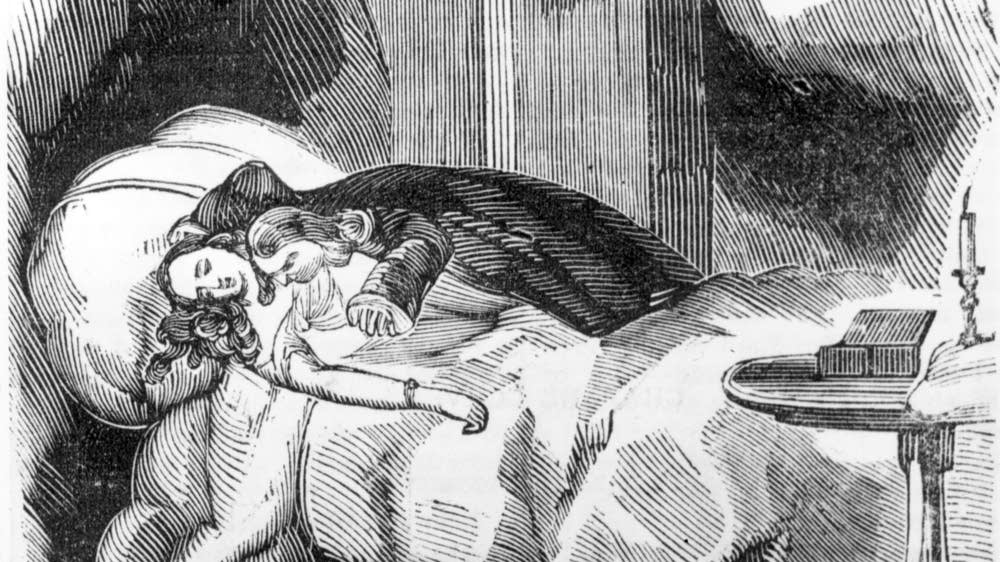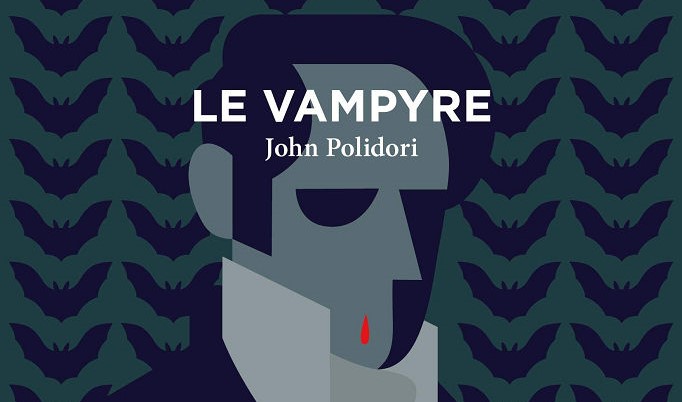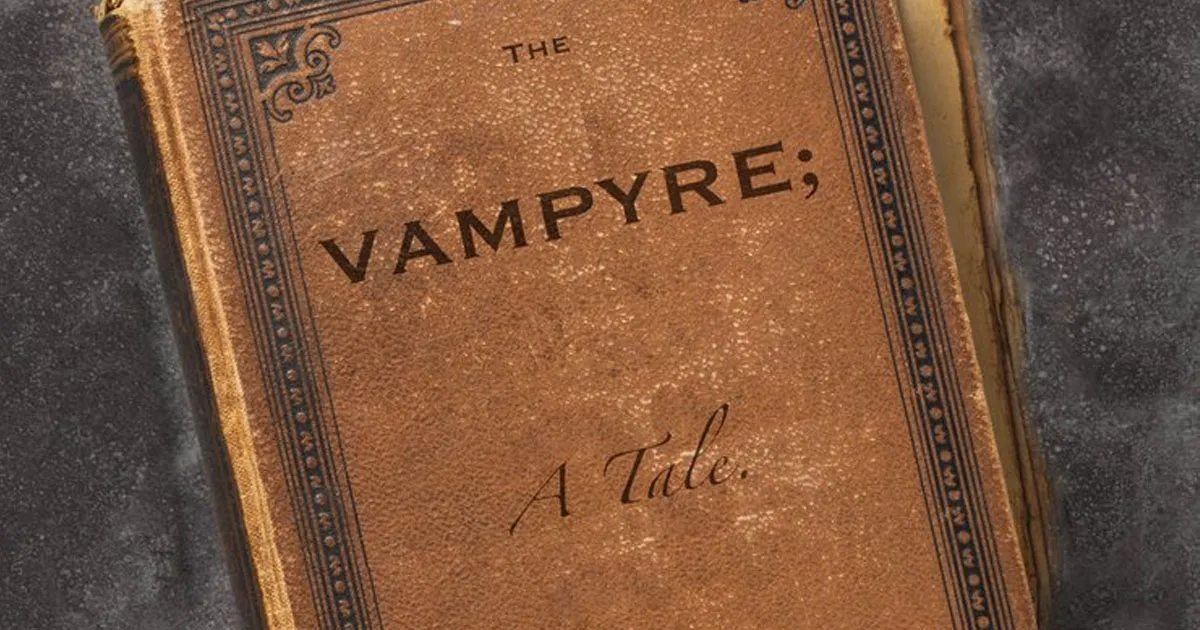By Valia Nikolaidou,
The appeal that vampires have in all forms of entertainment from their first publication back in the early years of the 19th century until today’s modern society is undisputed. John Polidori’s The Vampyre (1819) is viewed as the ancestor of the “romantic vampire” genre with a lot of influential vampire novellas following, such as Varney the Vampire (1847), Carmilla (1872), and, of course, Bram Stoker’s novel Dracula (1897). Those stories were usually accompanied by scary illustrations for the times and turned a lot of them into early versions of graphic novels. Apart from books, vampires were heavily featured in the seventh art; from the very first vampire movie The Vampire (1934) directed by Robert G. Vignola to the iconic German silent film Nosferatu: A Symphony of Horror (German: Nosferatu – Eine Symphonie des Grauens), which was directly inspired by Bram Stoker’s Dracula leading all the way to the 21st century’s Twilight (2008-2012) movies and The Vampire Diaries (2009-2017) TV series, vampires are undoubtedly a big source of inspiration for both literature and cinema.

John William Polidori, the well-known English author, and physician was the person who brought the concept of the vampire into pop culture for the first time through his short story The Vampyre. The story of how this novella was written is exceptionally intriguing. In June 1816, in Villa Diodati which the world renounced poet Lord Byron had rented near Geneva in Switzerland, accommodated some of the greatest talents English Romantic literature of the 19th century had to offer. The poets Percy Shelley and his wife Mary Wollstonecraft Shelley, the villa’s host, and of course, John Polidori decided to run an unofficial writing contest among them focusing on paranormal and “ghost” elements.
That night produced two of the most influential literary texts of all time, that forever altered the fantasy and gothic genres, as well as literature as a whole. Mary Shelley wrote Frankenstein; or, The Modern Prometheus, and Polidori introduced the idea for The Vampyre, with Lord Byron writing a part of the story. According to British writer Christopher Frayling, it was “the first story successfully to fuse the disparate elements of vampirism into a coherent literary genre”. The short story was published in 1819 in the New Monthly Magazine with wrongful authorship embalmed on the cover as “A Tale by Lord Byron”. Despite constant complaints from both men about Polidori’s need to get the credit he deserved, that request was ignored a lot of the time.

The elements of gothic, romance, and drama are perfectly intertwined in this story. The plot revolves around an English aristocrat named Lord Ruthven, who appears to be a ruthless and morally ambiguous nobleman with a sickly appearance that later on is revealed to be the Vampire; he seduces women into having romantic affairs with him and then brutally murders them by draining the blood from their bodies. The hero of this story is Aubrey, an orphaned but attractive young aristocrat who seems to be enthralled by Lord Ruthven’s personality and at first, does not understand his conniving purposes.
However, after a series of peculiar and horrifying events concerning and featuring Lord Ruthven and when he realizes that his dear sister Miss Aubrey is set to get married to the dangerous gentleman, he suddenly becomes alarmed by the strange behaviors that his friend has been having and wishes to put an end to this marriage. Despite his attempt to warn his sister with a worrisome letter, he falls ill and dies shortly after without managing to deliver it on time. In the end, Miss Aubrey is found dead in a typical vampire victim fashion and Lord Ruthven is nowhere to be found. An interesting element of this story is the protagonist was a member of English high society, who was generally respected and admired by his peers; a figure steering away from the stereotype we have come to know since then, where the vampire usually originates from Eastern Europe and leaves secluded in his castle away from the cosmic.
Without a doubt, vampires have solidified their spot in pop culture forever and are still prevalent in viewers’ interests and imaginations. Stories like The Vampyre are a great way for us to escape reality and delve into the mysteries of the unknown and the supernatural while at the same time combining the elements of romance and drama, thus vastly humanizing them.
References
- The Vampyre by John Polidori, bl.uk, Available here
- Sunderland, Doris. The Vampyre Legacy: Two Centuries of Blood, womenrightaboutcomics.com, Available here
- Older than Dracula: In search of the English Vampire, theconversation.com, Available here




